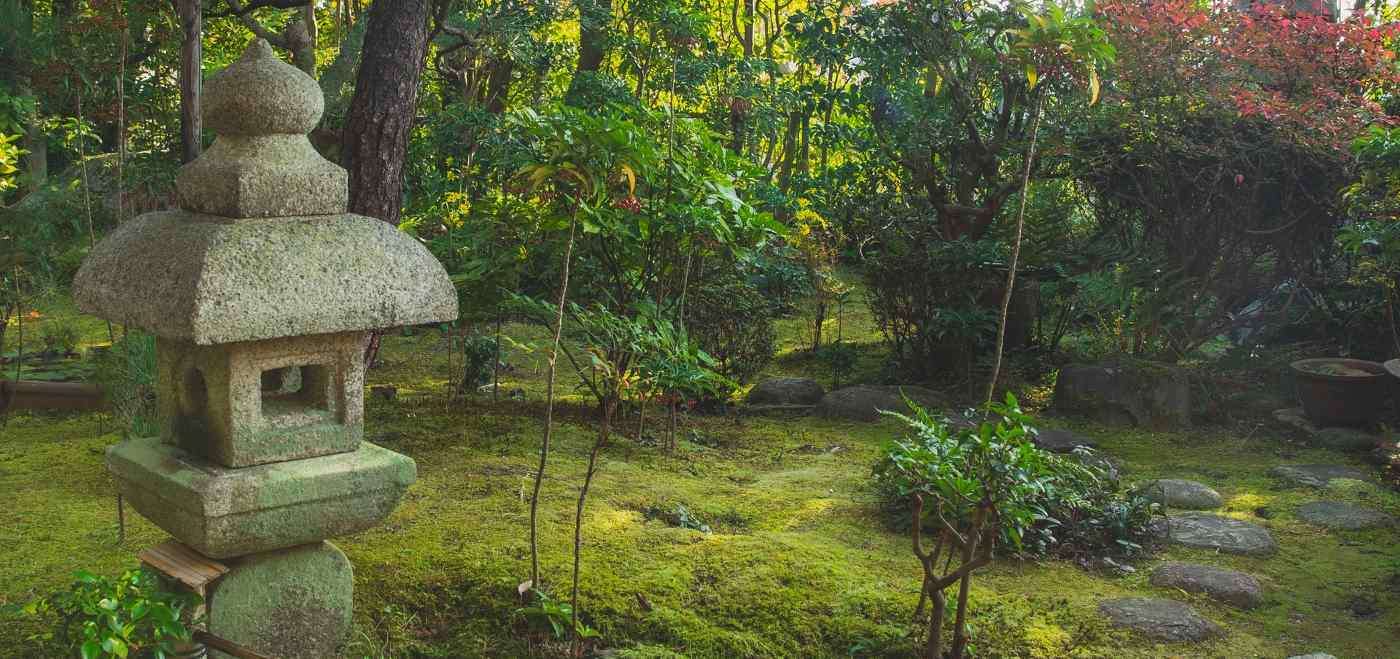9 Unique Ways to Use Rosemary - Backed by Mom and Science
With 7,000 years of use in hair and skincare, cooking, wound healing, and aromatherapy, here's how to get the most out of rosemary.

Across the country, soft, cushiony moss could be the cure to the struggling homeowner's case of a balding lawn. Growing faster, more easily, and with less effort than normal grass, it has been the landscaper's choice in Japan for centuries.
If one is struggling with patchy, dry, or weed-ridden grass lawns, it could be the moment to throw in the towel with a plant that in reality is quite fragile, almost always non-native, and offers little to the environment or the animals that live in the area.
Moss gardens and moss lawns are becoming more and more popular in the United States. In so many ways, moss is superior to any species of grass—except perhaps for the purpose of serving as a volleyball court or soccer pitch.
Moss grows fast, and is difficult to kill after it takes hold, and while psychologists note that green is a color that induces positive emotions, there's no shade of green more vibrant or powerful than moist emerald moss. There are species that are perfect for sun, growing in between stepping stones, others which can climb over rocks or other objects, and carpet-like, or even edible moss.
If you have an area of bare or patchy lawn or earth, clear it of as much grass, leaves, and debris as you can until you have a firm soil bed.
Next, lightly rake the top level of dirt and press the pieces of moss down firmly onto it. If the moss pieces seem dry, soak them in water for a few minutes before laying them down.
After watering thoroughly, it should be 4-6 weeks for the moss to completely take hold, after which regular watering during dry summers is all one needs do—which leads to the next major benefit of a moss lawn or garden: the lack of maintenance needed.
One blogger alludes to the sheer volume of searches online for how to kill moss, a testament, she says, to its resilience even in the face of determined anthropogenic attack.
However moss grows well in sun and shade, and doesn't need water any more often than normal grass does—and often needs much less. Furthermore, moss grows about four inches high at most, meaning the lawnmower can look for employment elsewhere, and it never needs fertilizer.
The only thing one must look for are signs of weeds poking up between the moss patches; they must be removed by hand as moss is not immune to herbicide. And leaves must be cleared if they fall on the moss in autumn, as they can cause the moss underneath to rot.
Moss lawns can be expensive compared to grass seed, but expect to save way more in associated costs down the line.
In any case, rights permitting, one can simply go to whichever nearby forest in which they know moss grows, and pull up strips or patches, and repeat the steps needed to fasten the moss to its new habitat.
Traditional moss gardens and lawns are paired to stone gardens, water gardens, and flower or herb gardens to create serene beauty, and tranquil stillness, as the tradition for Zen gardening has done for centuries.
America has a long history of adopting aspects of Japanese culture, and it's about time we did the same with moss gardens.
GROW the Good News in Friends' Feeds by Sharing This Story…
Be the first to comment